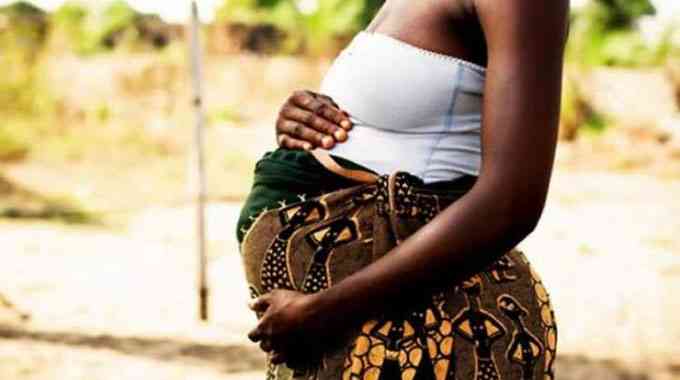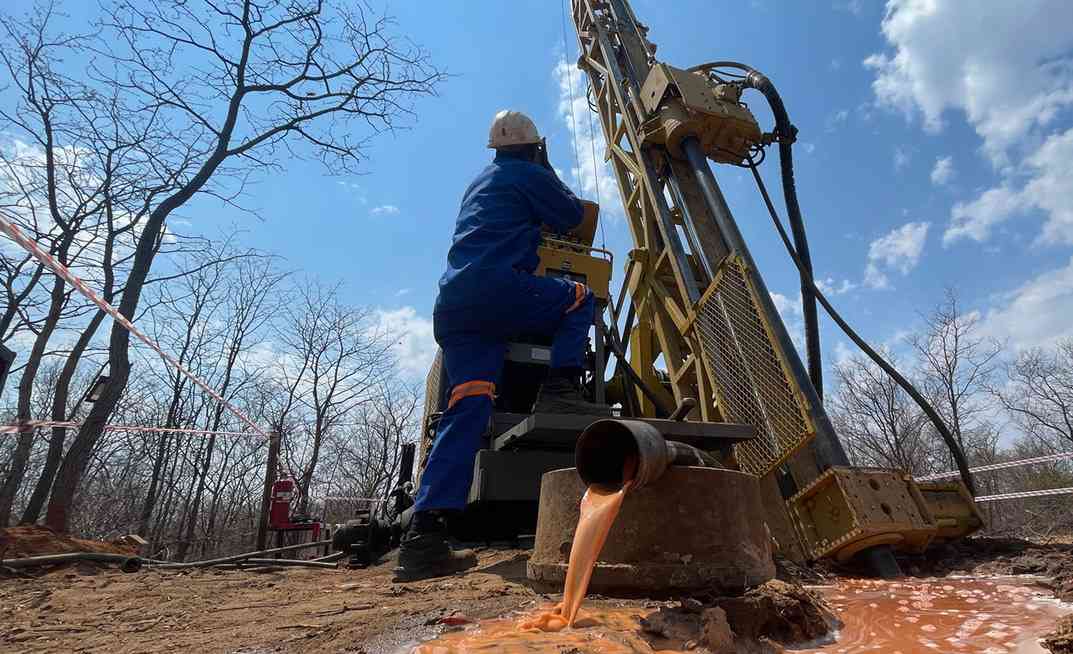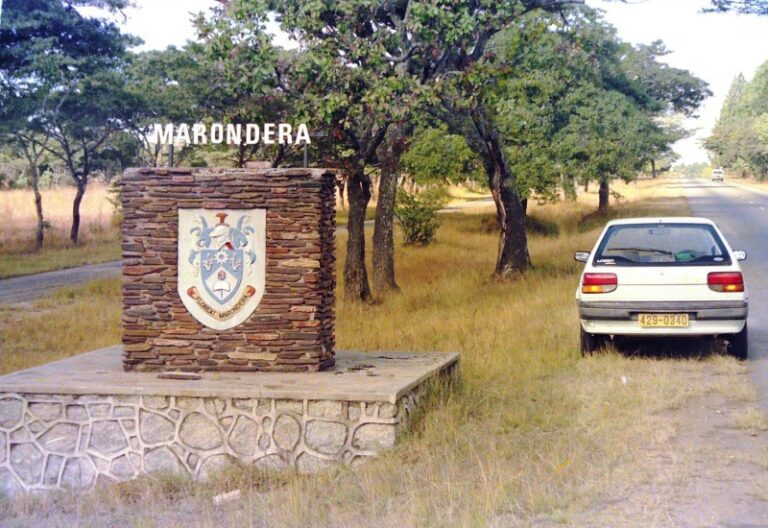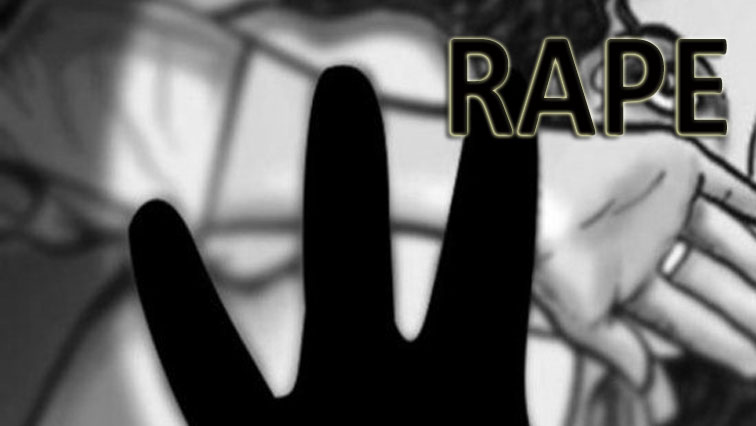
Mary Nhekwe was just 16 years old when her mother and an elderly woman fought her down onto a mat, tore-open her underwear and forced her to undergo an abortion.
Nhekwe had spent the last three months hiding her pregnancy from her parents, but unfortunately her mother noticed abnormality in her deportment and she interrogated her.
“She told me to get rid of the pregnancy before my father noticed it,” Nhekwe, now 27 years old told Truth Diggers.
Truth Diggers is AMH’s investigative journalism unit.
“I refused because I was scared.
“I was scared I would die, but she insisted that was the only way out or else she too would be thrown out of the house by our father.
“She told me that she was also protecting the family reputation in the community.
“The next thing, my mother asked me to accompany her to see a local gogo and the rest is history.”
- Zim records surge in contraceptive uptake
- Zimunya creates space for stranded teen mothers
- Pregnant girls turn to backyard abortion services
- Revealed: Net closes in on Chinese 'fraud kingpin'
Keep Reading
While hordes of adolescents have been compelled to terminate unwanted pregnancies, some have chosen to give birth in secluded places.
Zimbabwe is battling a surge in adolescent pregnancies, which remain a major contributor to maternal and child mortality.
According to a recent national assessment on adolescent pregnancies in Zimbabwe, 21% of antenatal care bookings were among adolescents aged 10-19 years translating to 358 458 pregnant adolescents from an estimated 1 706 946 bookings made in 1 560 healthcare facilities between 2019 and 2022.
Furthermore, the study shows that 1 532 maternal deaths were recorded over the same period, with around 25% of them being among adolescents and young women under 24 years.
The study highlights harmful practices, limited knowledge of pregnancy risks among young people and lack of parent to child communication.
“When I got pregnant, I was in the dark and knew nothing about life,” said Nhekwe.
“Most of my peers dropped out of school due to pregnancies with some terminating or giving birth via traditional means as they feared to face the world.
“I had one or two friends, who gave birth and dumped their babies.”
This publication established that pregnant adolescents face stigma and barriers to accessing maternal health services forcing them to engage in unsafe abortions or seeking traditional healthcare.
As such there has been a proliferation of backyard abortion “clinics” manned by both allopathic and traditional practitioners offering healthcare services clandestinely to pregnant adolescents in Chitungwiza and other suburbs around Harare.
Month-long investigations carried by the Truth Diggers exposed shadowy and illegal abortions as well as traditional deliveries involving pregnant teenage girls in Chitungwiza’s St Mary’s, Zengeza and Seke suburbs.
The investigations also sucked in private health centres and pharmacies that dispense abortion pills over the counter.
In Zimbabwe, abortion is illegal except under conditions of rape, incest, fetal abnormalities or maternal conditions dangerous to the wellbeing of the mother.
Those who break the law can be jailed for five years.
Legal abortion may only be performed by a medical practitioner in an institution designated by the Health and Child Care ministry, with the written permission of the hospital superintendent or administrator.
Nevertheless, more than 70 000 illegal abortions are performed in Zimbabwe each year, this publication learnt.
“I will charge you US$80 to terminate the pregnancy if it’s in its early stages, but if it’s more than 10 weeks you pay more,” said a female nurse, who works at a council clinic in Chitungwiza.
“Normally, we do come (to perform the abortion) at the patient’s home, but if it is for these teenagers, they can come to the clinic or we can arrange some private clinic where we can do the job.”
This publication established that Cytotec (misoprostol), a medication that is used to prevent stomach ulcers and is only dispensed on a doctor’s prescription, is being used in illegal abortions by allopathic practitioners.
“Cytotec is very expensive, but I cannot sell it to you if you don’t have a prescription,” said a pharmacist at Huruyadzo shopping centre in St Mary’s.
He added: “It’s being abused, so we need confirmation from a medical practitioner.
“If I may ask, what do you want to use it for? I might assist.”
The pharmacist confirmed that Cytotec was mostly used by women who wanted to terminate pregnancies.
“These people come with prescriptions from medical practitioners, so we comply and sell them the pills,” he said.
“In cases like yours, when you don’t have a prescription we can double the price.”
Most pharmacies in Chitungwiza sell Cytotec for between US$20 and US$60.
Undercover Truth Diggers reporters visited several private clinics suspected to be conducting illegal abortions in Chitungwiza.
The investigations revealed that illegal abortions were easily available for those who can pay up to $200 in private clinics in the town.
Also such services are being advertised online and on the streets, especially in Harare.
“Yes, we can do that provided you have a letter from the authorities,” said a lady at the reception of a private clinic in Zengeza 2.
“How old are you? And how much are you willing to pay?
“Are you really serious or you are up to something?”
Generally, a number of private clinics are offering abortion services, investigations revealed.
A nurse at Zengeza 3 clinic confirmed an increase in the number of teenage girls seeking post-abortion health care.
“Most of the people coming for post abortion health care are girls in schools,” she said.
“We are treating these girls mainly for post-abortion trauma, including severe abdominal pain.”
According to the World Health Organisation, young women and girls account for nearly one-third of all unsafe abortion-related deaths each year worldwide, with 15% of all unsafe abortions taking place among adolescents ages 15-19.
The world health board also said estimates from 2006 show that complications of unsafe abortions cost health systems in developing countries US$553 million per year for post-abortion treatments.
Truth Diggers also established that a good number of pregnant adolescents were undergoing unsafe abortions carried out by older women in their neighbourhoods under very dangerous conditions.
“I was told my pregnancy was terminated by sticking a sharp metal object into my cervix,” Nhekwe said.
“I have heard of cases where even a sharp wire is inserted in the girls’ privates and pulling out the foetus while others are prescribed herb concoctions.
“The gogo who did this to me is no more, but she lived in Zengeza 2.”
This publication also established some of the unorthodox abortion methods uses include using hooked wires or wire hangers to break the uterus lining, ingesting washing powder, taking an overdose of pills and even shoving fresh chillies into their private parts.
“My mother regrets what she did to me because I was never able to conceive after that incident,” a tearful Nhekwe recounted.
Health expert Johannes Marisa said one of the gravest risks of unsafe abortions was failure to conceive in future.
“There are a number of health risks associated with unsafe abortion and these include hemorrhage, uterine tear, usually caused when the uterus is pierced by a sharp object as well as damage to the genital tract, among others,” Marisa said.
“These health risks can affect one’s fertility, but if you have safe abortion, chances are high that you can still conceive.”
Gogo Marambi of St Mary’s said she helps women deliver in accordance with the Health and Child Care ministry guidelines.
“I am a traditional midwife registered by the Health ministry,” she said.
“I assist whoever chooses to deliver the traditional way, and I refer those with complications to the clinic.
“I don’t normally assist pregnant girls, but I counsel them especially when they come here seeking to terminate pregnancy.
“My church does not allow termination of pregnancies.”
Gogo Marambi agreed that teen pregnancies were now rampant and attributed this to a number of factors, including lack of parental care.
“When they get pregnant they don’t hide it and more so they don’t want to go to the clinic because of the associated stigma and discrimination,” she said.
“They say they fear to be ridiculed by the nurses while others fear their standing in the community, especially if they get pregnant out of wedlock.
“Others would want to go back to school and so they must avoid or terminate pregnancies.”
Development practitioner Takemore Mazuruse said socio-economic issues were pushing young girls in high density suburbs to early sexual debut.
“Dearth of parental care, lack of education and sex education, drug and substance abuse as well as peer pressure caused these unwanted pregnancies,” Mazaruse said.
“Pregnancy, as visible evidence of transgressing societal norms, puts adolescent girls at increased risk of loss of respect, shame and damage to their personal and family standing, which force them to abort or give birth in secluded places.”
UN resident and humanitarian coordinator for Zimbabwe Edward Kallon said adolescent pregnancies remained a major contributor to maternal and child mortality.
Kallon said ending such a phenomena called for a collective approach.
“The findings of this assessment have confirmed that the young girls of Zimbabwe need our protection and require our joint investment efforts,” he said.
“A multi-sectorial approach is imperative, calling on all line ministries to work together.
“The findings highlight harmful practices, limited knowledge of pregnancy risks among young people, and lack of parent to child communication.
“These findings provide direction for intervention. I believe we have a strong case for investing in young people, especially girls.
“What we now need to do is to respond to the needs of young people and build a future for them.”
Kallon said the UN family was committed to supporting a multi-sectorial approach to achieving good health and wellbeing for adolescents and young people.
The United Nations Populations Fund (UNFPA), a UN agency aimed at improving reproductive and maternal health, has come up with a cocktail of intervention programmes, including the “Not-in-My-Village” campaign.
“The ‘Not-in-My-Village’ campaign takes a unique approach by engaging traditional leaders and key opinion figures as champions for positive change,” UNFPA said in a statement.
“The campaign acknowledges the vital role these individuals play in shaping community norms and values, and aims to harness their influence to create a supportive environment for adolescent girls and is an inspiring response to the pressing issue of adolescent pregnancy in Zimbabwe.”










